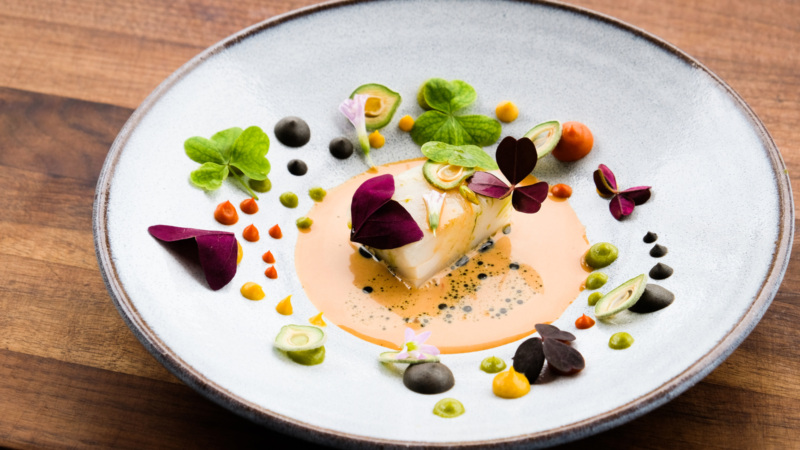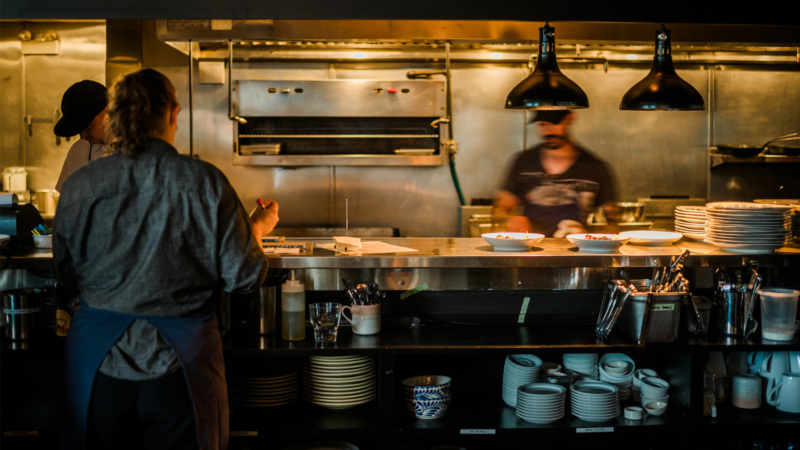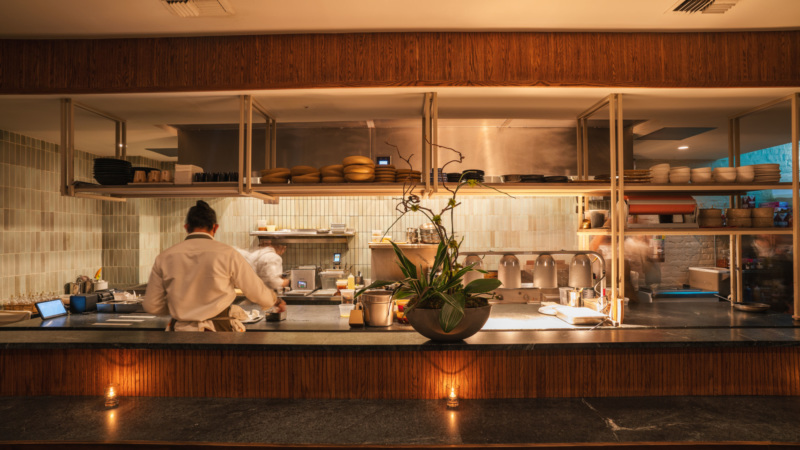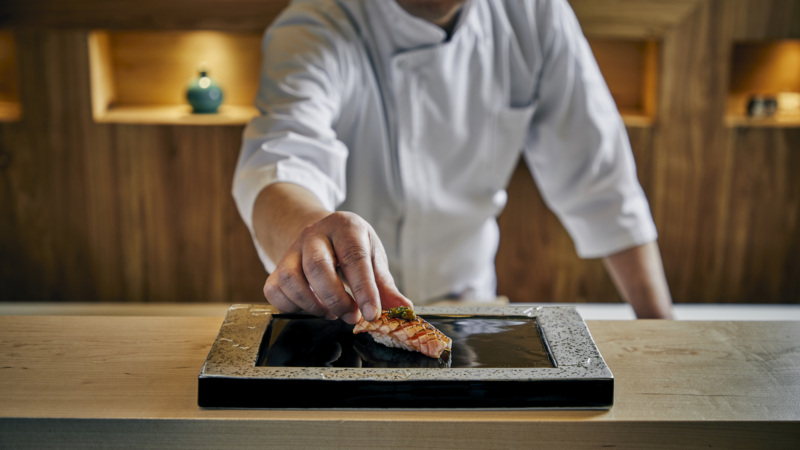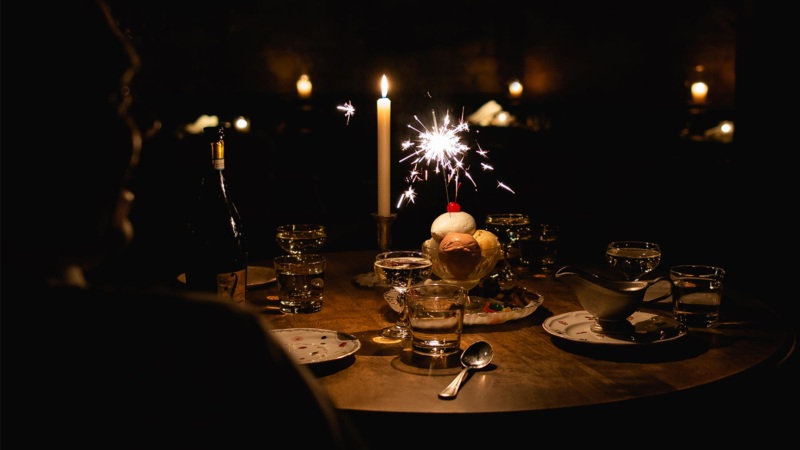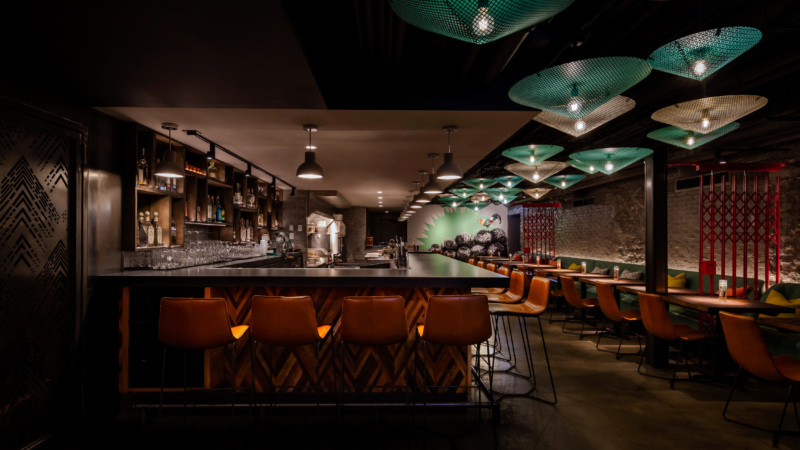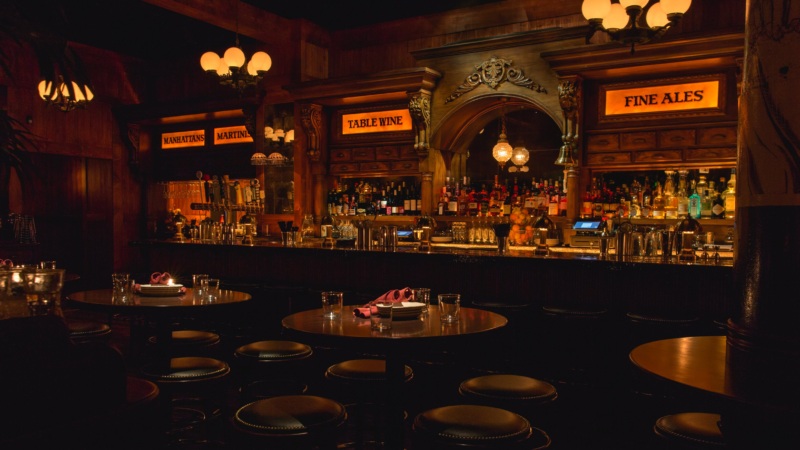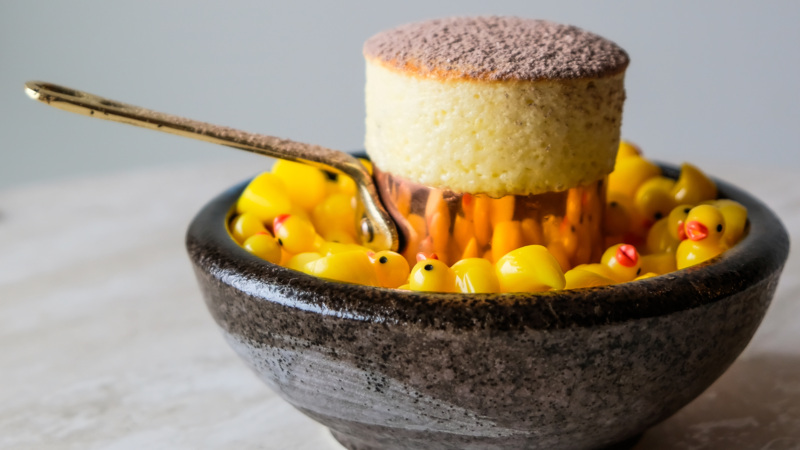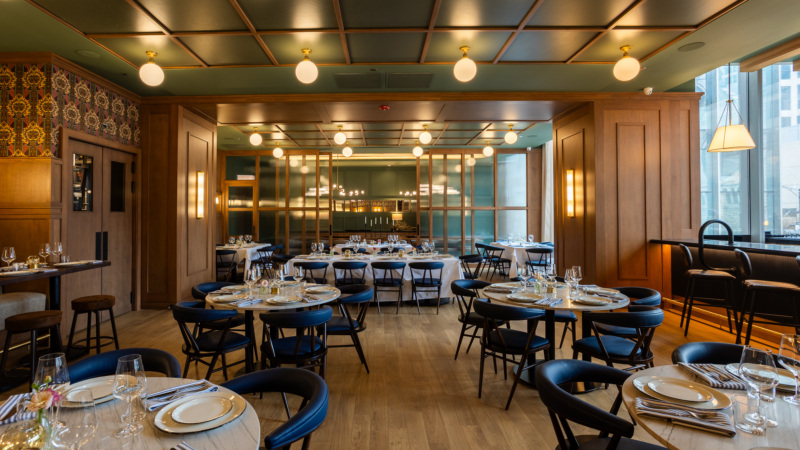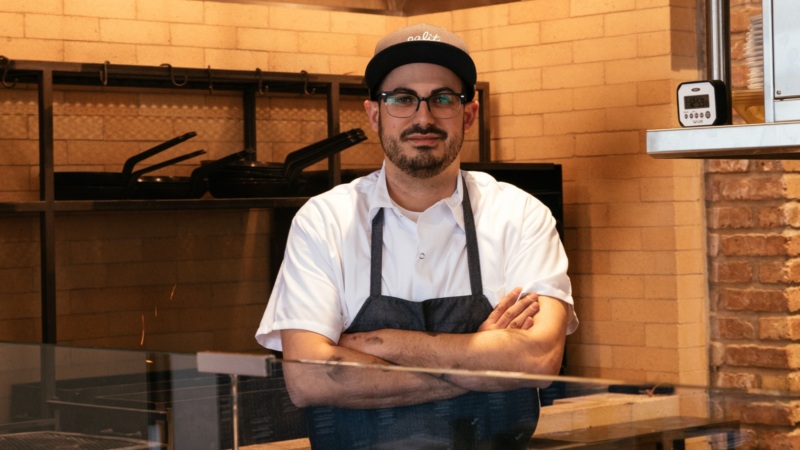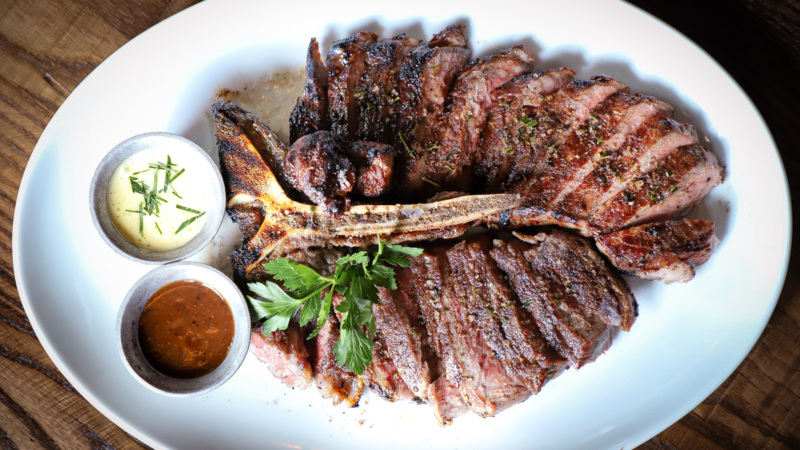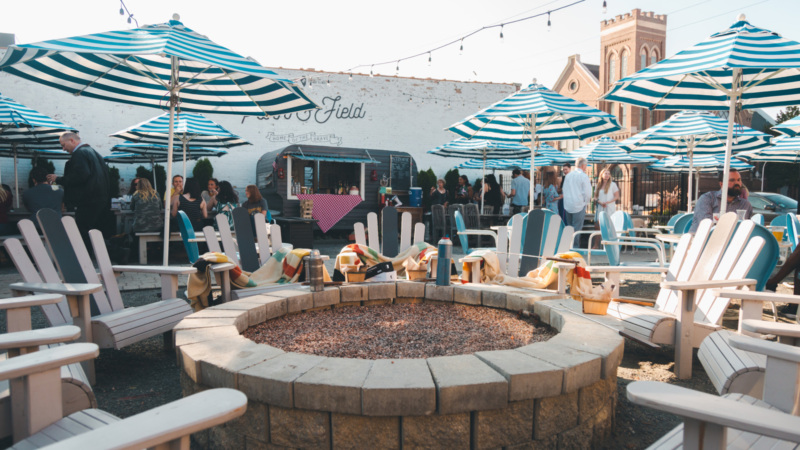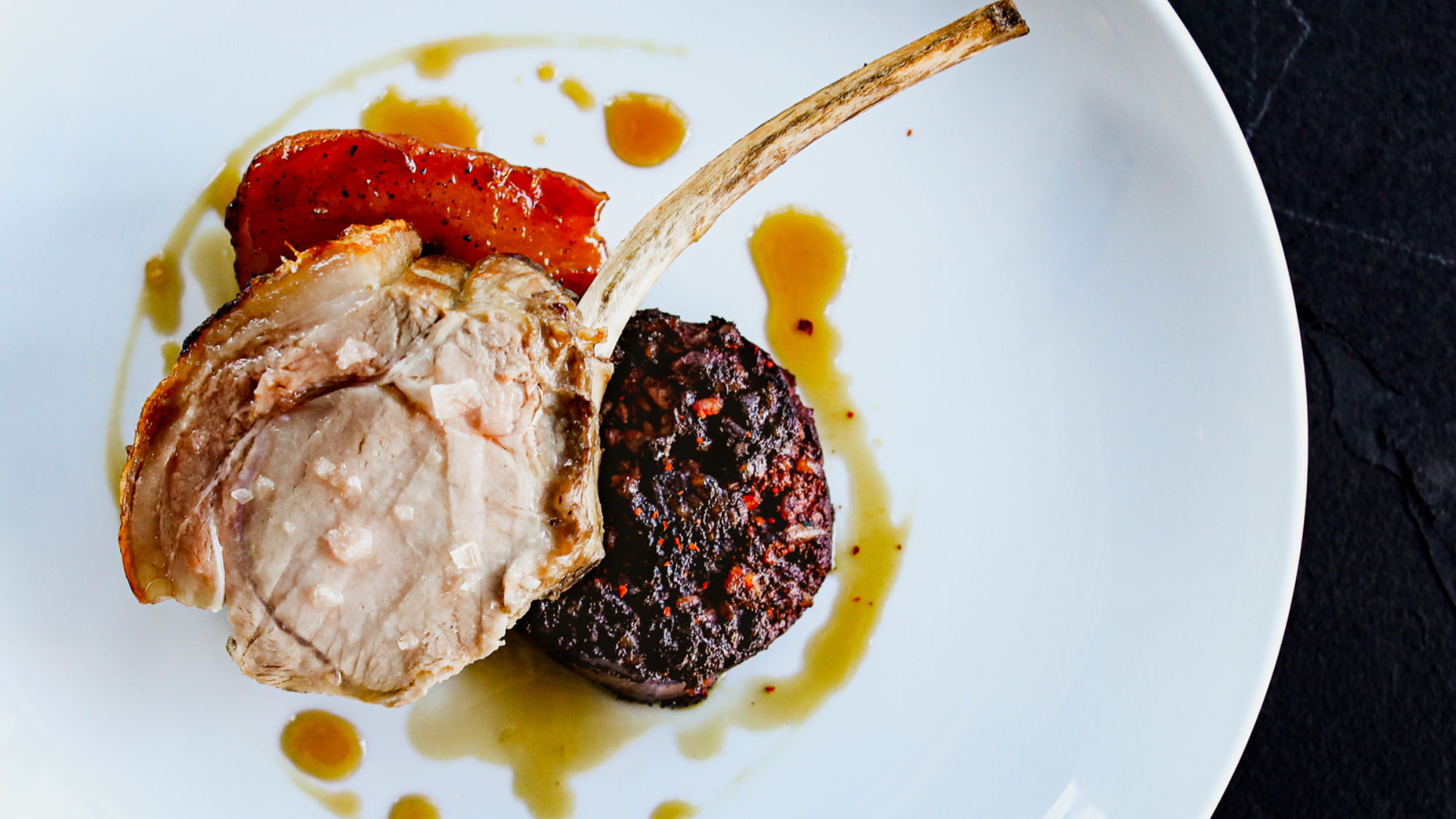
Everything You Need to Know About Asador Bastian, River North’s New Spanish Steakhouse
Once the meatpacking capital of the world, Chicago has no shortage of high-end steakhouses. The newest, though, has a decidedly Spanish accent – Asador Bastian blends the iconic Chicago chophouse with the grill houses (asadors) of San Sebastian, famed for serving the best Txuleton steaks in the world (more on those in a minute).
Husband-and-wife team Doug Psaltis and Hsing Chen of Eat Well Hospitality are the savory and sweet duo behind this new Basque steakhouse. The industry vets opened Andros Taverna in 2021 to critical acclaim, and Psaltis was also responsible for ushering in the modern steakhouse era when he opened RPM Steak back in 2014.
The idea for Asador Bastian has been brewing for years, the team says, and they tapped executive chef/partner Christian Eckmann of Arzak in San Sebastian to bring the chophouse to life. “We are rooted in tradition,” Psaltis says. “We’re looking for the best in class beef, older than 30 months. It increases the beefiness and allows us to make sure our steaks will properly age.” Here’s everything else you need to know.
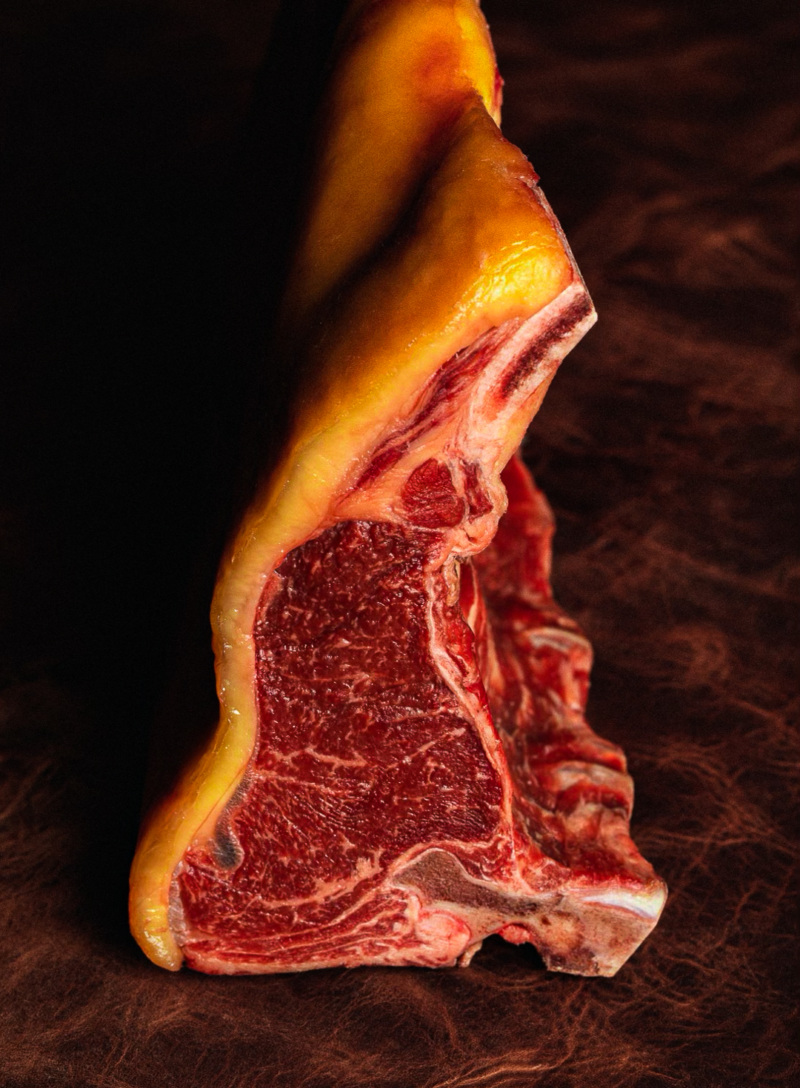

1. Think boutique, not big-box style steakhouse.
Asador Bastian is much smaller than most Chicago steakhouses, located in one of the last brownstones in the Gallery District of River North. The two-story “Flair House” townhouse was originally built in 1883, and it’s been refashioned today into a 35-seat ground floor bar and 55-seat reservation-only upstairs dining room. The David M. Sullivan Inc. design firm created a moody, masculine vibe downstairs, with olive green leather banquettes, wine lockers, leathered Brazilian black granite, and extensive stained red oak millwork. Upstairs, the custom live-fire grill is the star of the show, and 1930s Murano glass chandeliers lend a warm glow to the dining room. There’s a 10-person chef’s table in the kitchen, too, with killer views of the charcoal oven.
You can make reservations for booths at the bar downstairs, and the full menu is available on both floors. Ask to see the butcher room on the ground floor if you’re interested in seeing the different types of steaks available.
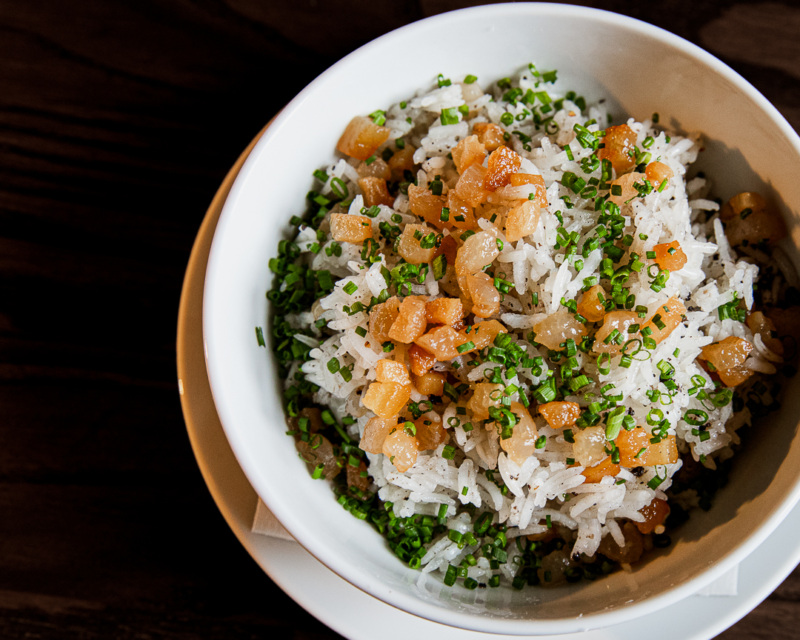

2. You can’t find this beef anywhere else in the city.
Txuleton are the Basque version of a bone-in rib-eye steak, produced from retired dairy cows, which have a higher fat content and more marbling than younger animals. At Asador Bastian, the beef comes from five different ranches, including Flannery Beef’s dry-aged Holstein and Black Angus Black Mountain Premium beef, which is raised to 34 months before slaughter. “We’re seeking out older animals,” Psaltis says. “The intense marbling is almost as if you had a wagyu,” he says.
There’s also Spanish Galiciana beef from Vintage Beef Co. in Australia, which Psaltis describes as “the truest expression of Basque beef we can find here in the States.” Rounding out the menu is dry-aged Simmental, a European dairy cow, from Four Story Farms, and 100% purebred Japanese Tajima beef from Peacock Cattle Company. “Some of the ranches we work with produce just five to 10 heads of cattle a month,” Psaltis says. “We’re really excited for people to learn about the nuances of the different breeds and how their different environments and aging change the flavor and texture of the meat.”
As far as we know, Asador Bastian is the only place in Chicago serving the Galiciana, Simmental, and Tajima beef. All steaks are cooked over coals on the bone and sliced to share.
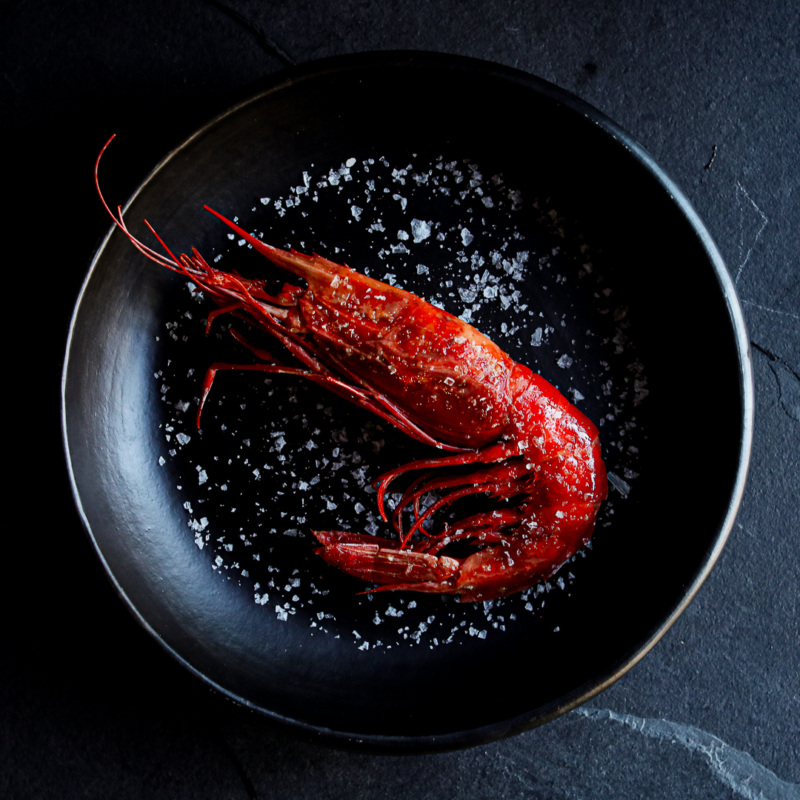

3. There’s great seafood, too.
In addition to beef, there’s also wild seafood from Barcelona’s fish markets, including sole, sea bream, and turbot. All the fish is cooked whole over charcoal, then cleaned in the kitchen and served sans bones, Psaltis says. Thanks to the strong fish program at sister restaurant Andros Taverna, seafood is flown in twice weekly, and there’s a shopper on the ground in Barcelona buying specifically for Asador Bastian. “We have a wishlist and usually he sticks to that, but sometimes he finds more exciting things so we’ll have those on special,” Psaltis says. “It’s always a grab bag.”
4. Sherry is the star of the wine list.
Like the food menu, the wine list is streamlined and focused on Spanish, Portuguese, and French producers. Sherry steals the spotlight, with more than a dozen varieties available to try in two-ounce pours served in Stölzle wine glasses. Americans don’t drink a lot of Sherry, but Psaltis is bullish on the fortified wine.
“We always incorporate Sherry in our drink pairings,” he says. “We love it with a plate of ham at the start of the meal, or with foie gras. We’re fortunate to have some antique ones that are really special.” He recommends trying a dry sherry as an aperitif at the start of the meal, and ending with a sweeter Sherry for dessert. Sherry newbies should direct their attention toward the light, sweet Sherry cobbler, which tastes a bit like sangria.


5. Save room for dessert.
Speaking of dessert, Psaltis’ partner, pastry chef Hsing Chen, led the pastry team at the French Laundry and has had stints with Jean Georges Restaurants and the Peninsula Hotels in New York and Chicago. There are only five desserts on the menu, but they all pack a punch, from the light and refreshing citrus coupe to the rich and decadent chocolate hazelnut cake. The rum cake is simple but sublime, served with a sidecar of El Dorado 12-year rum, either for pouring over the pastry or for drinking neat in a chilled glass.
Amber Gibson is a Chicago-based journalist specializing in travel, food, and wine. Her work has appeared in Departures, Food & Wine, Saveur, Bon Appétit, and Travel + Leisure. Follow her here; follow Resy too.


